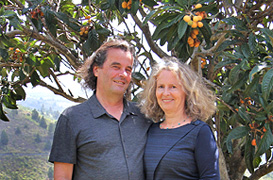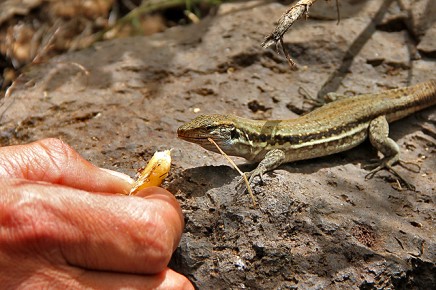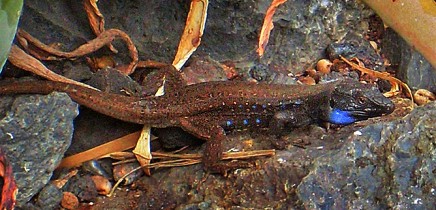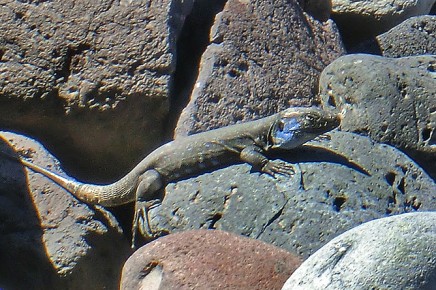-

-
We are specialists for your holidays in La Palma. With personalized assistance on-site.

Ulrich & Evelyn Roth -
Our service numbers
Write e-mail+34 822 68 00 89
+49 7442 819 85 90
We're available from Monday to Friday from 10:00 a.m. to 6:00 p.m., and Saturdays from 10:00 a.m. to 1:00 p.m.
-
Accommodations
- with pool 90
- on the seaside 42
- with internet 205
-
Northwest >>
130
- Aguatavar 7
- Arecida 6
- El Castillo 1
- Garafía 4
- Las Tricias 7
- Puntagorda 42
- Tijarafe 22
- Tijarafe Costa 6
- Tijarafe El Jesús 12
- Tijarafe La Punta 21
- Tinizara 2
-
Aridane Valley >>
225
- Celta 7
- Charco Verde 3
- El Paso 23
- Hermosilla 1
- La Bombilla 2
- La Laguna 11
- Las Manchas 24
- Las Norias 11
- Los Llanos de Aridane 25
- Puerto de Naos 45
- San Nicolas 8
- Tacande 2
- Tajuya 9
- Tazacorte Costa 5
- Tazacorte Puerto 14
- Tazacorte Villa 23
- Todoque 12
-
South >>
31
- Fuencaliente 7
- Las Indias 4
- Lomo Oscuro 1
- Los Quemados 6
- Salemera 2
- Tigalate 2
- Villa de Mazo 9
- East >> 16
-
Northeast >>
5
- Barlovento 2
- Los Sauces 2
- Puntallana 1
The La Palma lizard
Bluebeard
"barbazul or barba azul, lagarto"
Gallotia galloti palmae
These endemics are sun worshippers and like to be treated to snacks by hikers - the male "lagartos" have the typical blue beard.
-
The home of the Western Canary lizard Gallotia galloti are the islands of La Palma and Tenerife
The subspecies Gallotia galloti palmae has evolved on La Palma from this endemic Canarian species.
Adult males are strong and up to 25 cm long.
Their back is grey-black, partly brightly spotted.
Their nickname bluebeard "barba azul" comes from their striking blue throat pouches.

The males also show some blue spots on their sides.
The females are smaller.
Their backs are brownish, with light longitudinal stripes and dark and light spots.
They lay 3-6 eggs in warm sandy soil between April and July, from which the young brownish lizards hatch after 40-70 days.
Their colouring is perfect camouflage for the animals on the dark volcanic rock and among dry scrub.
The "little dragons" live all over the island, preferring open, stony terrain
In pine forests they scurry along sunlit paths, they dislike dense laurel forest.
Stone walls of gardens and vineyards are among their favourite places.
Unfortunately, the reptiles feed not only on small insects and leaves, flowers and fruits of wild plants.
Their appetite for grapes, tomatoes, etc. earns them the enmity of some farmers who still try to kill them with poison.
Trusting in "bribes
Quite different at the resting places of the hikers.

There you will find lizards that are already waiting for their treats and are "hand-tame".
But be careful, the little animals can also bite hard if they feel threatened.
In the cooler areas of La Palma, the lizards hibernate, but when the first rays of sunlight warm the earth, they are suddenly back.
For minutes they remain still on dark stones to warm up their bodies.
At the height of summer, they scurry around briskly, alternately lifting their feet in the air as they sunbathe, as if to refresh themselves.






Danke für die schnelle und kurze Erklärung zu unseren kleinen „Mitbewohnern“.